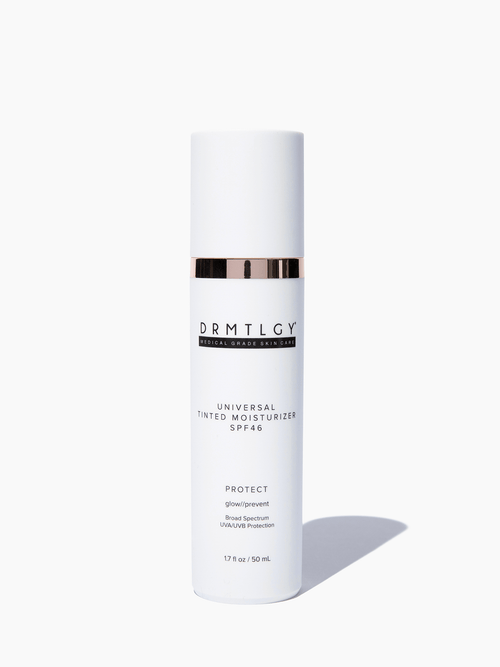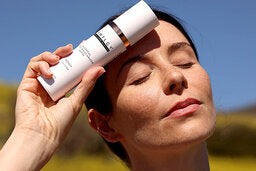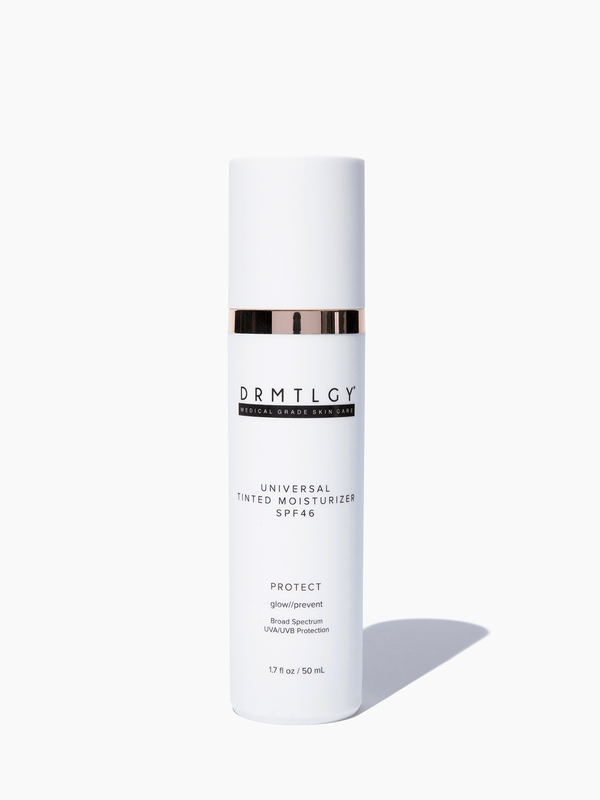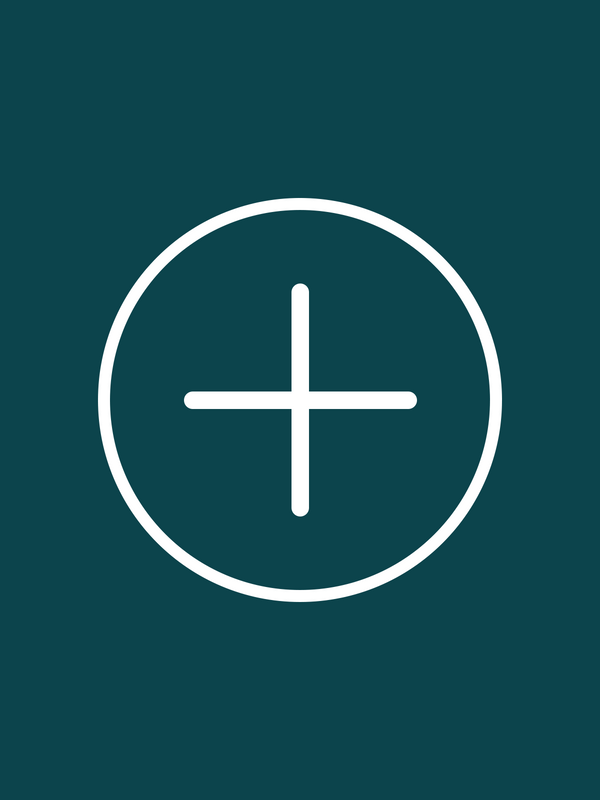
Have the veins in your legs become noticeably blue, red or inflamed? Chances are you may be dealing with damaged veins. Luckily, varicose and spider veins are largely superficial, but for most of us, they’re still a source of self-consciousness. Unfortunately, there’s no foolproof way to prevent visible veins, but we’ll explore the causes and the best treatments to help them.
What’s the difference between Varicose Veins and Spider Veins?

While both types of veins are similar, the largest difference is in their appearance:
- Spider veins are faint, spiderweb-like clusters of red and blue veins beneath the surface of the skin.
- Varicose veins are larger, rope-like veins that push against the surface of the skin, creating a raised, bubbly appearance. They’re most often hues of blue and purple.
For both types of veins, the most commonly affected regions are the legs, feet and ankles. This is due to the fact that gravity increases blood pressure in the lower half of our bodies. Varicose veins, however, seldom ever make it above the waist, while spider veins can appear around the nose and eyes, where our skin is its most delicate. Again, the large majority of the time, either type of vein is strictly cosmetic and not a sign of a more serious condition. If you are experiencing intense pain, consult your doctor or physician.
Varicose Veins
Aside from their more bulging appearance, there are certain symptoms commonly associated with varicose veins:
- leg cramping, particularly at night
- a throbbing sensation in your legs
- itchiness
- swollen ankles/feet
- sharp pain after prolonged standing or sitting
Varicose veins are remarkably common, so there’s no need to feel insecure about them. Unfortunately, their exact cause cannot be pinpointed, but there is a range of risk factors to consider.
-
Gender: Women are much more prone to vein damage. This is due to several components, including pregnancy, greater abdominal pressure, and increased blood flow. Fluctuations in hormones also causes blood vessels to dilate.
- Age: Much like skin, our veins lose elasticity over time. Weakened veins bulge easier as blood begins to pool. By our 50s, more than 40% of women have varicose veins, and by the time we’re 70, that number jumps to 75%.
- Weight: Obesity is a major factor in the development of this condition. Obese women are three times more likely to have vericose veins than nonobese women.
- Genetics: Unfortunately, these veins run in the family. If they’re common in your family, you may have to work harder at preventing and managing them.
- Sun Damage: Spending too much unprotected time in the sun has been linked to the causation of visibly damaged veins.
-
Lifestyle and Occupation: Sedentary jobs and lifestyles greatly increase the chance of developing varicose veins. Life is a balancing act, as vein damage tends to occur more often in those that sit all day, as well as those that stand for too many hours per day.
Spider Veins
Spider veins are still damaged veins, but to a lesser extent. They are typically not painful or harmful, but because our skin is less resilient as we age, spider veins are the most common form of vein damage. These veins form when blood pools on the outer layer of the skin. There is no exact cause, but the risk factors are generally the same as varicose veins.
Remedies + Treatments
While there is not currently a “cure” for varicose and spider veins, there are a number of helpful remedies and treatments to help improve them.
-
Exercise regularly. Movement is the best practice in preventing and alleviating damaged veins. Physical activity improves circulation, reducing the likeliness of blood pooling in the veins.
- Elevate your feet. Again, gravity is a major player in the cause of vein damage. Putting your feet above your heart ensures that your veins don’t have to fight gravity.
-
Use sunscreen. Sun radiation is the number one cause of skin damage, and veins are certainly not off limits. Never leave your skin unprotected against the sun.
- Increase fiber, decrease salt. It’s no secret that salt increases swelling, especially in the legs. Decreasing salt intake and upping your fiber improves heart health, which boosts circulation, helping to prevent spider and varicose veins.
- Wear compression stockings. Compression stockings steadily apply pressure to your legs, encouraging blood to continue to flow to your heart.
- Avoid wearing high heels. High heels put unnecessary stress on your legs, ankles and feet, worsening the damage gravity is already doing.
- Apply a concealer. Concealers and tinted moisturizers work to match your skin tone and can be applied over damaged veins to help reduce their appearance.
- Surgeries/removals. If your veins are painful or you want them professionally repaired, consult your doctor, who can recommend a number of different procedures.













